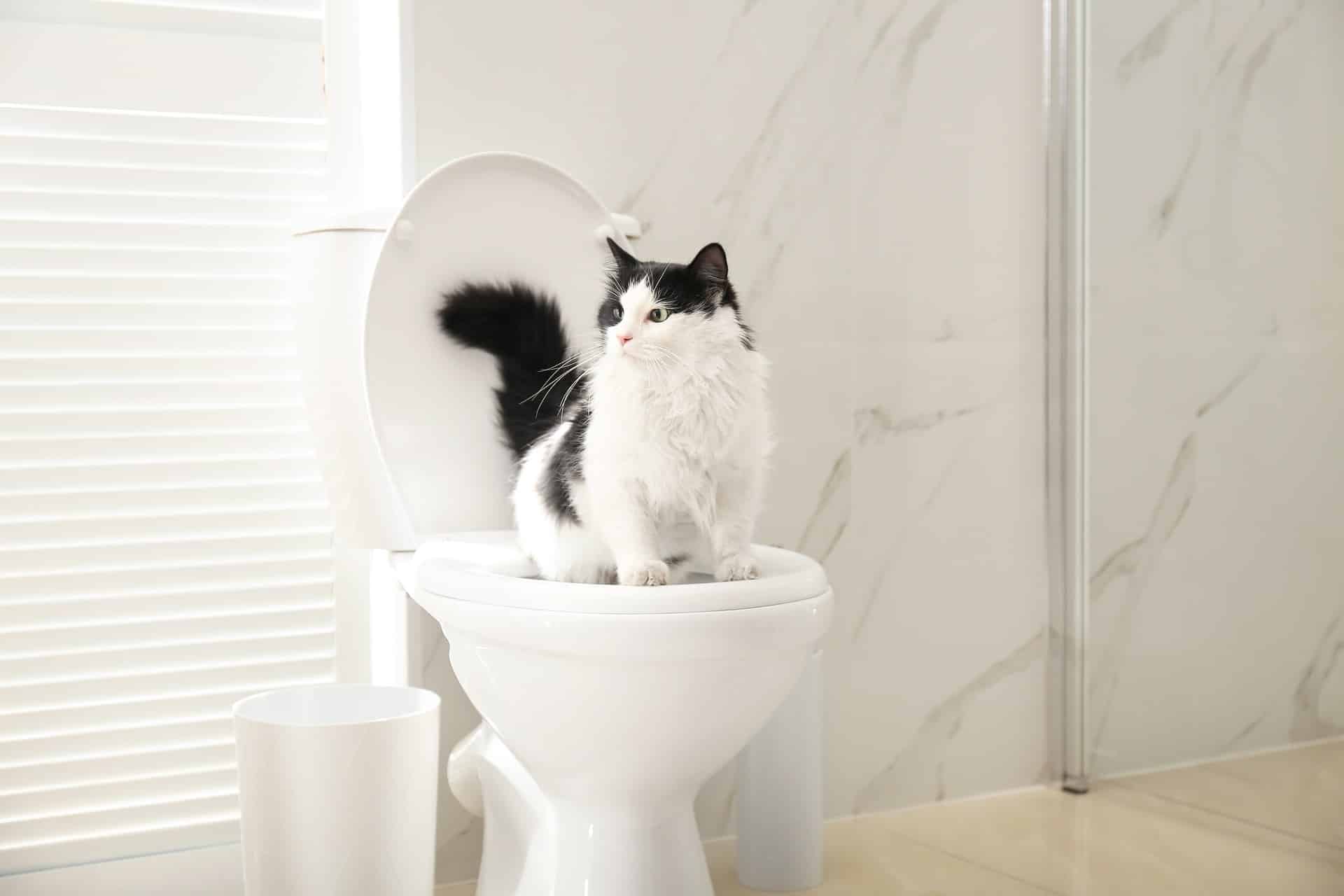What are your opinions on 10 Things You Should Never Flush Down The Toilet?

When it comes to taking care of waste, particularly animal waste, many people usually resort to the convenient alternative of flushing it down the toilet. Nonetheless, this apparently easy remedy can have significant repercussions for the atmosphere and public health. In this short article, we'll discover why flushing animal waste down the commode is a bad concept and offer alternative techniques for appropriate disposal.
Introduction
Appropriate waste disposal is vital for keeping ecological sustainability and public health. While it might appear harmless to flush animal waste down the toilet, it can result in numerous issues, both for the environment and human wellness.
Threats of flushing pet waste
Environmental impact
Purging animal waste introduces hazardous microorganisms and microorganisms right into rivers, which can adversely impact water ecological communities. These virus can infect water resources and harm aquatic life, interfering with delicate ecological communities.
Public health worries
Animal waste contains harmful bacteria such as E. coli and Salmonella, which can pose significant health and wellness risks to people. Flushing pet waste down the toilet can contaminate water supplies, resulting in the spread of illness and infections.
Alternatives to flushing
Instead of flushing animal waste down the commode, there are several different disposal approaches that are a lot more environmentally friendly and sanitary.
Composting
Composting animal waste is an eco-friendly means to get rid of it. By composting, organic matter is broken down into nutrient-rich soil, which can be made use of to fertilize yards and plants.
Land fill disposal
Disposing of animal waste in a land fill is an additional option. While not as eco-friendly as composting, it is a more secure option to flushing, as it prevents the contamination of water sources.
Pet dog waste disposal systems
There are specific animal waste disposal systems available that securely and hygienically throw away pet waste. These systems commonly make use of enzymes to break down waste and remove odors.
Steps to correct pet garbage disposal
To make certain correct disposal of animal waste, adhere to these actions:
Scooping and getting waste
On a regular basis scoop and bag pet waste utilizing naturally degradable bags. This protects against waste from polluting the atmosphere.
Making use of marked waste containers
Dispose of bagged animal waste in marked waste bins, such as compost bins or garbage dump containers. Prevent flushing it down the commode in any way expenses.
Cleansing litter boxes and family pet areas on read more a regular basis
Consistently clean litter boxes and animal locations to avoid the accumulation of waste and bacteria. Usage pet-safe cleaning products to keep health.
Benefits of appropriate disposal methods
Taking on proper disposal methods for animal waste provides numerous benefits:
Minimized environmental pollution
Appropriate disposal approaches reduce the threat of environmental pollution, safeguarding rivers and communities from contamination
Lessened threat of water contamination.
By avoiding flushing animal waste down the bathroom, the threat of water contamination is considerably minimized, protecting public health.
Enhanced cleanliness and hygiene
Appropriate disposal techniques advertise far better hygiene and health, developing a more secure setting for both humans and animals.
Final thought
To conclude, purging animal waste down the commode is unsafe to the setting and public health. By taking on different disposal approaches and adhering to appropriate waste administration methods, we can lessen the unfavorable impact of pet waste and contribute to a cleaner, healthier world.
What To Do With Dog Poo – The Do's And Don'ts Of Disposing Of Faeces
Dog poo bins
Some councils provide dedicated dog waste bins in popular dog-walking areas that can take dog poo that has been bagged but you can legally dispose of dog waste in any public litter bin, as long as it is securely bagged. This also applies to your wheelie bin at home.
Do not flush
Water companies do not recommend flushing dog faeces down the toilet because certain parasites can survive the water processing treatment and are potentially harmful to humans. You should also never consider flushing dog poo that has been bagged down the toilet as the bags will not break down and instead create severe blockages in the sewage system.
In the woods
The Forestry Commission promotes a ‘stick and flick’ method for dealing with waste in the woods. This means finding a stick and using it to flick any poo from off the path so that it is out of the way of other walkers. You could also bury it as long as it is not in an area where there might be livestock.
Livestock
Parasites found in dog poo can be transmitted to livestock if they inadvertently eat infected faeces that has been left on grazing land. This could result in the death of sheep or abortion in cattle so you should always make sure you pick up your dog’s waste in fields where livestock could be present.

Consistently clean litter boxes and animal locations to avoid the accumulation of waste and bacteria. Usage pet-safe cleaning products to keep health.
Benefits of appropriate disposal methods
Taking on proper disposal methods for animal waste provides numerous benefits:
Minimized environmental pollution
Appropriate disposal approaches reduce the threat of environmental pollution, safeguarding rivers and communities from contamination
Lessened threat of water contamination.
By avoiding flushing animal waste down the bathroom, the threat of water contamination is considerably minimized, protecting public health.
Enhanced cleanliness and hygiene
Appropriate disposal techniques advertise far better hygiene and health, developing a more secure setting for both humans and animals.
Final thought
To conclude, purging animal waste down the commode is unsafe to the setting and public health. By taking on different disposal approaches and adhering to appropriate waste administration methods, we can lessen the unfavorable impact of pet waste and contribute to a cleaner, healthier world.
What To Do With Dog Poo – The Do's And Don'ts Of Disposing Of Faeces
Dog poo bins
Some councils provide dedicated dog waste bins in popular dog-walking areas that can take dog poo that has been bagged but you can legally dispose of dog waste in any public litter bin, as long as it is securely bagged. This also applies to your wheelie bin at home.
Do not flush
Water companies do not recommend flushing dog faeces down the toilet because certain parasites can survive the water processing treatment and are potentially harmful to humans. You should also never consider flushing dog poo that has been bagged down the toilet as the bags will not break down and instead create severe blockages in the sewage system.
In the woods
The Forestry Commission promotes a ‘stick and flick’ method for dealing with waste in the woods. This means finding a stick and using it to flick any poo from off the path so that it is out of the way of other walkers. You could also bury it as long as it is not in an area where there might be livestock.
Livestock
Parasites found in dog poo can be transmitted to livestock if they inadvertently eat infected faeces that has been left on grazing land. This could result in the death of sheep or abortion in cattle so you should always make sure you pick up your dog’s waste in fields where livestock could be present.

As an enthusiastic reader on 10 Things You Should Never Flush Down The Toilet, I think sharing that piece was worth the trouble. For those who enjoyed our post if you please consider to pass it around. Thanks so much for going through it.
Get Offer